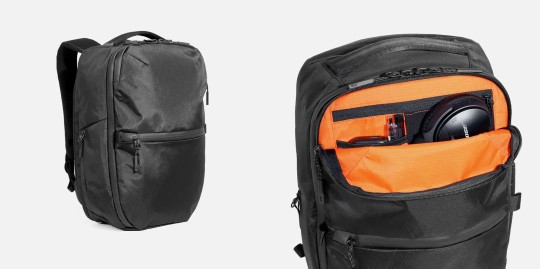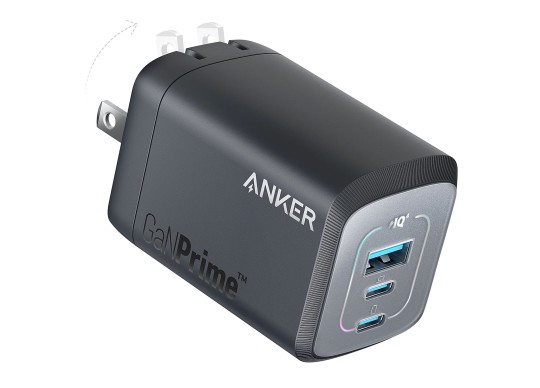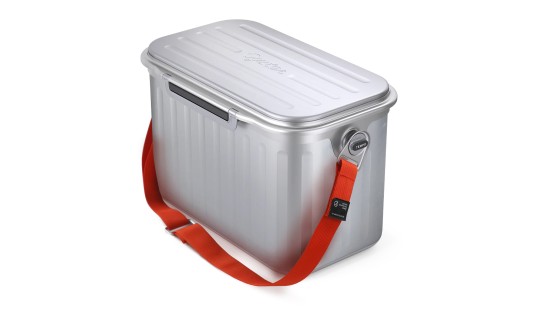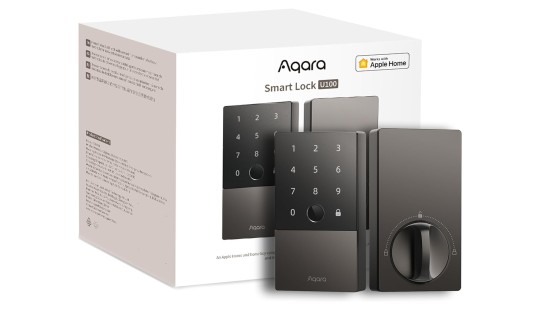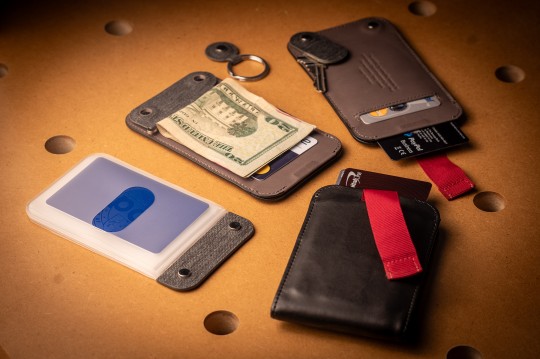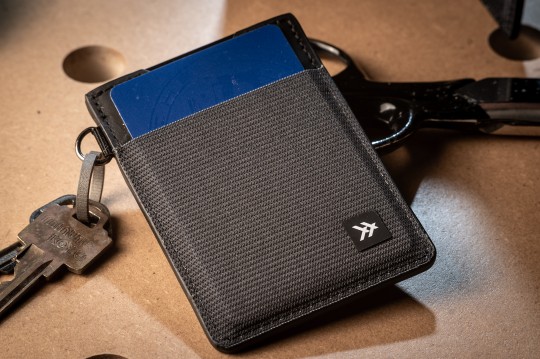A user came to me with a question—what’s the best EDC pack with around 25 liters of capacity? While he’s got no beef with GoRuck, he craves something with a bit more organization.
This one’s a no-brainer. The consensus in the wild world of everyday carry is that the AER City Pack Pro reigns supreme in this niche… and I can’t help but agree. It’s AER, after all, so it’s built like a brick shithouse, and everything they churn out is damned well designed. This pack hits all the marks:
- The quick access pocket is a dream to get to and has plenty of room and the Pro version takes it up a notch with a second quick access pocket on the side for keys and whatnot.
- Luggage pass-through… It’s astounding how many sub-25L packs overlook this crucial feature.
- The laptop compartment is a fortress of its own, accessible without diving into the main compartment.
- Straps? Fantastic. You could carry the weight of the world on these bad boys.
To me, it’s the only 25L pack worth considering in this segment, even with the $240 price tag.
But hold on, there is another contender—The Black Ember Citadel 25. This one will set you back $300, but it shares many of the same stellar features and has a sleek, killer look. Plus, Black Ember has earned a solid reputation as a place of solid fabrication. I don’t have any experience with this one, but I’ll try to get one in for review.
Anyway, you can dive into the details about the Black Ember here, and the AER here.
